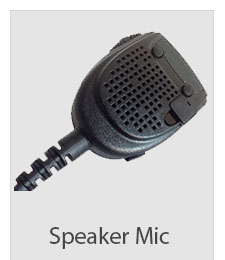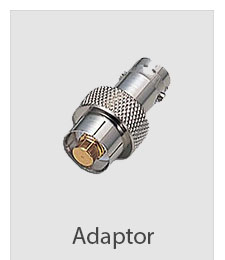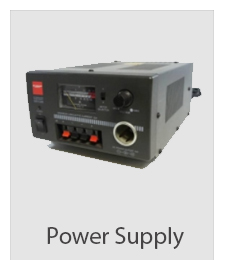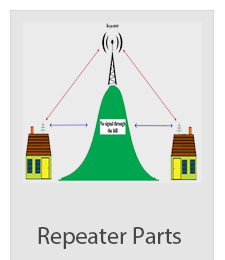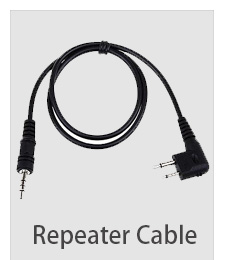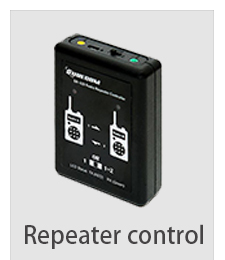Two-way radio --- Range
The useful direct range of a two-way radio system depends on radio propagation conditions, which are a function of frequency, antenna height and characteristics, atmospheric noise, reflection and refraction within the atmosphere, transmitter power and receiver sensitivity, and required signal-to-noise ratio for the chosen modulation method. An engineered two-way radio system will calculate the coverage of any given base station with an estimate of the reliability of the communication at that range. Two-way systems operating in the VHF and UHF bands, where many land mobile systems operate, rely on line-of-sight propagation for the reliable coverage area. The "shadowing" effect of tall buildings may block reception in areas within the line-of-sight range which can be achieved in open countryside free of obstructions. The approximate line-of-sight distance to theradio horizon can be estimated from : horizon in kilometers = 3.569 times the square root of the antenna height in meters.
|







